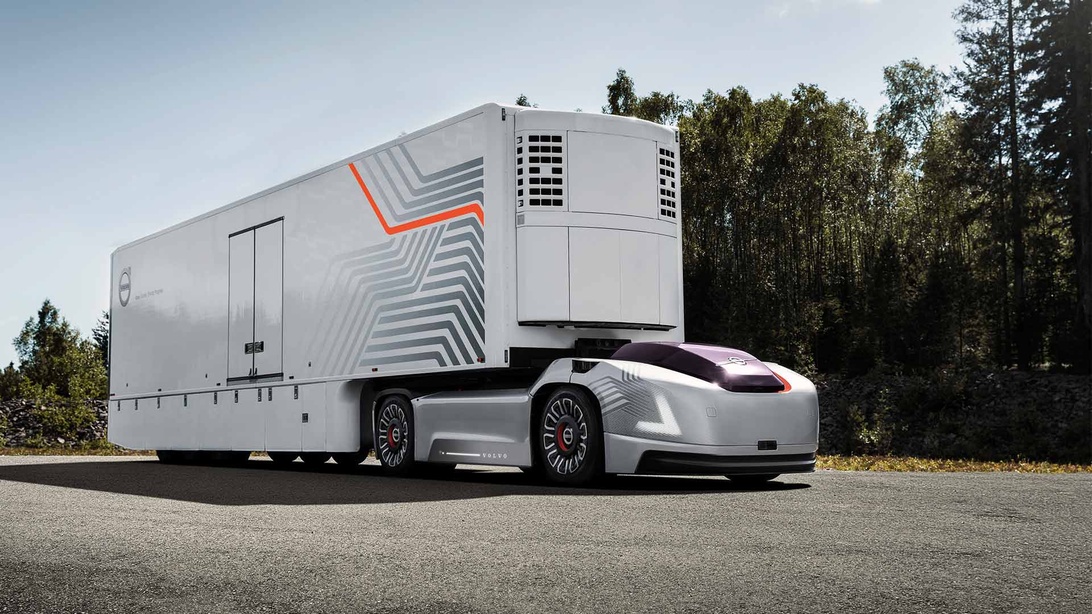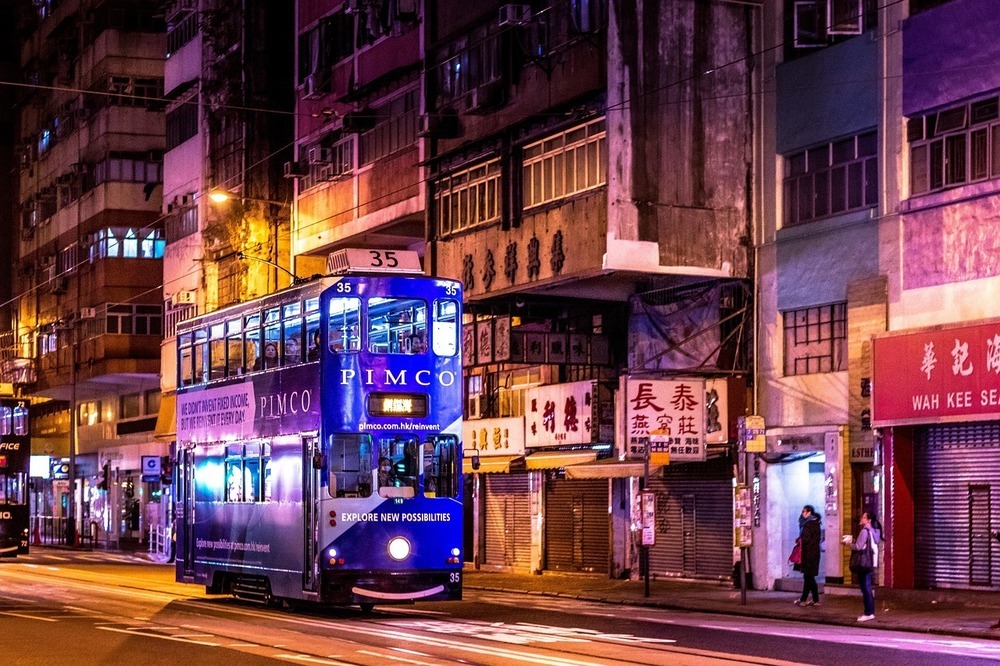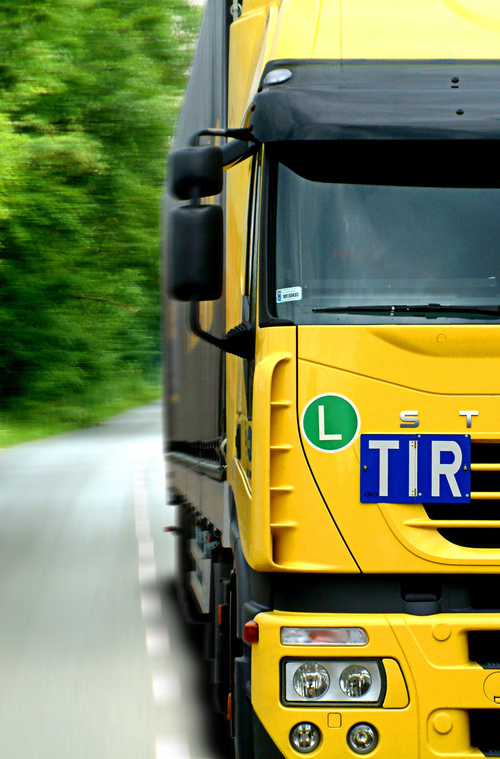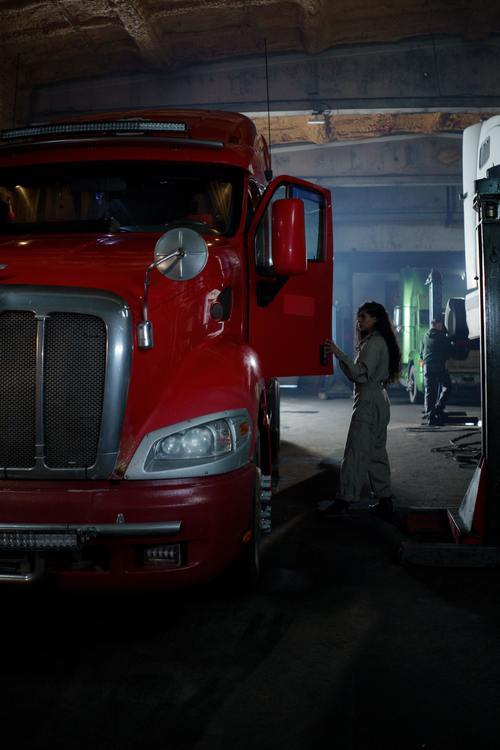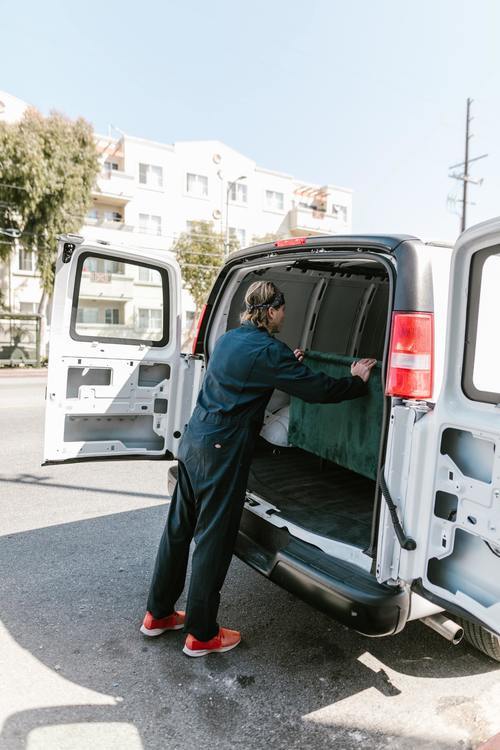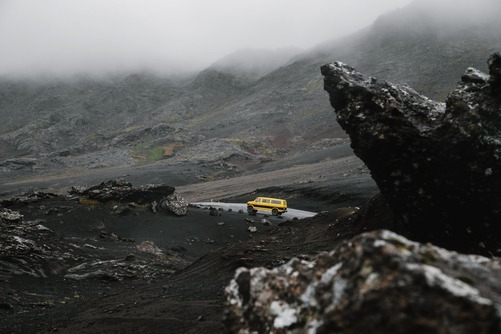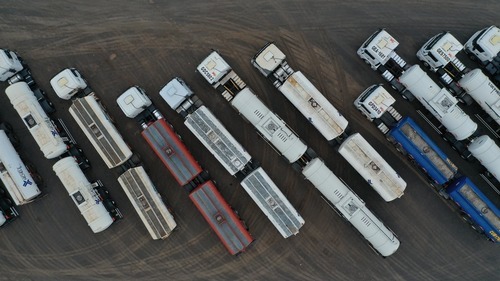The world of long-haul logistics is on the brink of a major transformation. Autonomous trucks, once confined to science fiction, are rapidly becoming a tangible reality. This article delves into the forces driving this change, the technological advancements making it possible, the inherent challenges, and the significant opportunities that lie ahead for the freight transportation industry.
Why Autonomous Trucks? Drivers, Costs, and the Environment
Several powerful forces are converging to accelerate the development and adoption of autonomous trucks. One of the most pressing is the ongoing and worsening shortage of truck drivers. The American Trucking Association has reported a significant shortfall of drivers, projecting it could reach a staggering 174,500 by 2024. This shortage, combined with high driver turnover rates, creates operational bottlenecks and increased costs for logistics companies. Autonomous trucks offer a compelling solution by reducing the industry’s reliance on human drivers, especially for long, monotonous, and demanding routes.
Economic Advantages
Beyond addressing the driver shortage, autonomous trucks promise substantial economic benefits. A report by McKinsey estimates that full autonomy could slash operating costs by approximately 45%. This translates to potential savings of between $85 billion and $125 billion for the U.S. trucking industry alone. These cost reductions could lead to lower prices for consumers, as trucks transport around 65% of all consumer goods in the U.S.
The Environmental Angle
Autonomous trucks also have the potential to contribute to a more sustainable transportation sector. The technology enables optimized driving patterns, leading to improved fuel efficiency and reduced emissions. Furthermore, the integration of autonomous technology with electric trucks presents a powerful pathway towards zero-emission long-haul freight. This dual approach aligns with growing environmental concerns and the potential for long-term cost savings associated with electric vehicles, as highlighted by EESI.
The Technology Behind Self-Driving Trucks
Autonomous trucks are powered by a sophisticated combination of technologies. These include advanced sensor suites (cameras, radar, and lidar), powerful onboard computers, and artificial intelligence (AI) algorithms that enable the vehicle to perceive its surroundings, make decisions, and navigate without human intervention. SAE International defines six levels of driving automation:
Understanding SAE Automation Levels
Level 0: No automation – the human driver is in complete control.
Level 1: Driver Assistance – the system can assist with either steering or acceleration/braking.
Level 2: Partial Automation – the system can control both steering and acceleration/braking, but the driver must remain engaged and monitor the environment.
Level 3: Conditional Automation – the system can handle most driving tasks, but the driver must be ready to take over when prompted.
Level 4: High Automation – the vehicle can operate autonomously within a defined Operational Design Domain (ODD) without driver intervention.
Level 5: Full Automation – the vehicle can operate autonomously in all conditions and environments, equivalent to a human driver.
Operational Design Domain (ODD)
Most developers of autonomous trucks are currently targeting Level 4 automation. This means the truck can operate independently, but only within a specific ODD. The ODD defines the specific conditions under which the autonomous system is designed to function reliably. This might include factors like specific highway routes, favorable weather conditions (no snow or ice), and certain times of day. The focus is often on highway driving, where the environment is generally more predictable and less complex than in dense urban areas.
Key Operational Strategies
Several key operational concepts are shaping how autonomous trucks are being deployed. One is truck platooning. This involves a convoy of trucks traveling in close formation, wirelessly connected to each other. The lead truck is typically driven by a human, while the following trucks operate autonomously, maintaining a very short following distance. This reduces aerodynamic drag and significantly improves fuel efficiency for all trucks in the platoon. The ultimate goal is to achieve fully driverless platoons, further maximizing efficiency gains. Another important strategy is the hub-to-hub model. In this approach, autonomous trucks handle the long-haul transportation between distribution centers (hubs). Human drivers then take over for the more complex first and last mile deliveries, navigating city streets and interacting with loading docks. This allows for a phased and practical integration of autonomous trucks into existing logistics networks. Volvo Autonomous Solutions is actively collaborating with DHL Supply Chain to pilot a hub-to-hub solution, demonstrating the real-world application of this model.
Safety, Challenges, and the Road Ahead
Safety is the paramount concern in the development and deployment of autonomous trucks. Human error is a major contributing factor in a vast majority of traffic accidents. Autonomous systems are designed to mitigate these errors by eliminating driver fatigue, distraction, and impairment. Waymo, a leading developer of self-driving technology, suggests that autonomous systems could have prevented a significant number of fatal accidents in recent years, potentially saving thousands of lives.
Addressing the Challenges
Despite the potential safety benefits, significant challenges remain. One of the most critical is the ability of autonomous systems to handle unexpected events. Sudden road closures, severe weather, unusual traffic patterns, and other unforeseen circumstances require sophisticated AI and robust decision-making capabilities. Extensive testing and validation are crucial to ensure that autonomous trucks can respond safely and effectively to a wide range of unpredictable situations. Another major challenge is establishing clear legal liability in the event of accidents involving autonomous vehicles. Current legal frameworks typically focus on the liability of the human driver and the trucking company. However, the responsibility for accidents involving autonomous vehicles is still evolving, and questions remain about the role and liability of manufacturers and technology providers. Wikipedia highlights the ongoing debate and evolving legal landscape surrounding this issue.
Global Progress and Regulatory Frameworks
The development and deployment of autonomous trucks are progressing rapidly around the world, with varying approaches to regulations and infrastructure development. While the initial focus was largely in the US, the global picture is becoming increasingly important.
The US Landscape
In the United States, regulations vary significantly from state to state, creating complexities for interstate operations. The Federal Motor Carrier Safety Administration (FMCSA) and the National Highway Traffic Safety Administration (NHTSA) are working to develop federal guidelines, but a unified national framework is still evolving. This patchwork of regulations presents a hurdle for companies seeking to deploy autonomous trucks across the country, as noted by Robotics and Automation News.
Europe’s Unified Approach
The European Union is actively working towards a unified legislative framework for Level 4 autonomous trucks and buses. Germany has already established legal frameworks for fully automated vehicles, setting a precedent for other EU member states. This more unified approach contrasts with the state-by-state variations in the US. Robotics and Automation News highlights the EU’s progress and the efforts to harmonize regulations across member states.
China’s Rapid Advancement
China has emerged as a global leader in the commercialization of autonomous trucks, driven by strong government support and significant investments in infrastructure. The Chinese government has implemented national guidelines that provide clear standards for testing, production, and commercial deployment. Cities like Beijing, Shanghai, and Shenzhen have established extensive testing zones for autonomous vehicles. Companies like Inceptio and DeepWay are benefiting from favorable policies, including pilot licenses for highway operation and subsidies for electric vehicle production. China’s strategy integrates autonomous trucking with its broader goals of becoming a leader in electric vehicles and smart logistics, as detailed by Robotics and Automation News.
Infrastructure and Cybersecurity
The widespread adoption of autonomous trucks is not just about the vehicles themselves; it also depends on significant infrastructure upgrades. Existing roads may require modifications, potentially including designated lanes for autonomous vehicles. A robust and widespread charging network is essential for supporting electric autonomous trucks. Cybersecurity is another paramount concern. Autonomous systems rely on secure communication networks and data streams. Protecting against cyber threats is absolutely crucial for ensuring the safety and reliability of autonomous operations. Developers are integrating redundant systems and robust cybersecurity measures into the design of autonomous trucks to mitigate these risks. DHL emphasizes the importance of these considerations for the successful integration of autonomous vehicles into logistics.
The Changing Workforce and Economic Implications
The introduction of autonomous trucks will inevitably reshape the labor market for truck drivers. While the demand for drivers in local transport and last-mile delivery services is likely to persist, the role of long-haul drivers will undergo a significant evolution. New job roles are already emerging. These include remote operators who monitor and, if necessary, take control of autonomous vehicles; AV technicians who specialize in maintaining and repairing the complex systems; and fleet managers who oversee the operations of autonomous fleets. Reskilling and upskilling the existing workforce are crucial to ensure a smooth transition. Training programs are being developed to equip workers with the skills needed for these new roles. The Infrastructure and Jobs Act in the USA includes provisions for apprenticeship programs aimed at younger truck drivers, reflecting the need to adapt to the changing demands of the industry.
Economic Impacts
The broader economic impact of autonomous trucking is a complex issue. There will likely be job displacement in some areas, particularly among long-haul drivers. However, new jobs will also be created in areas such as technology development, maintenance, and remote operation. The shift towards autonomous trucking has the potential to lead to lower shipping costs and, consequently, lower prices for consumers, due to increased efficiency and reduced operating expenses. The transition requires careful planning and strategic investments in workforce development to mitigate negative impacts and maximize the overall benefits of this technological shift. TT News provides insights into the economic considerations and the potential for job creation in related fields.
The Road to Full Autonomy
Autonomous trucks are poised to transform long-haul logistics, offering a compelling vision of a more efficient, safer, and sustainable future. While challenges remain – including refining the technology to handle all possible driving scenarios, establishing clear and consistent regulations, and addressing infrastructure needs – the potential benefits are too significant to ignore. The progress made so far, with real-world deployments and ongoing testing, signals a clear path towards wider adoption. This transformation requires close collaboration between technology companies, carriers, policymakers, and the public to ensure a smooth and safe transition. The ongoing advancements and collaborative efforts suggest that autonomous trucks will play a crucial role in streamlining global supply chains and reshaping the future of freight transportation. Companies like FleetOwner are already seeing the transformation.
